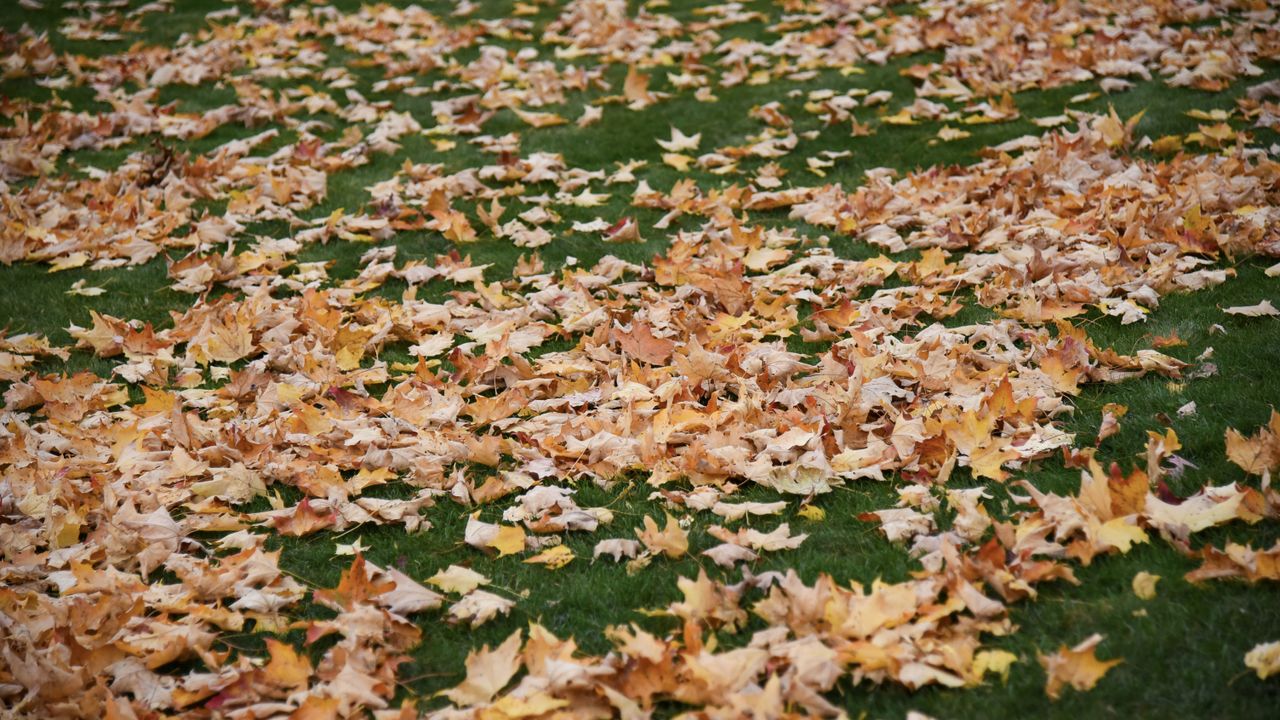
If you’re looking out of your kitchen window right now and noticing your garden slowly disappearing under a blanket of fallen leaves – you're not the only one. Whilst it’s tempting to reach straight for the rake, it turns out those leaves are far more useful than they look.
So, before you tick off your final autumn gardening jobs, it's important to know the things you can do with fallen leaves that not only tidy up your garden for winter, but also give it a little extra love in the long term.
I spoke to Chris Bonnett, founder of GardeningExpress.co.uk, who shared his expert insights on how to make the most of your fallen leaves, and you'll find each suggestion below.
1. Make leaf mulch
One of the easiest ways to reuse fallen leaves is to turn them into mulch. Simply shred them using your best lawn mower, shredder or chipper to break them down, then spread a layer around your flower beds, borders and shrubs.
It’ll help retain moisture, suppress weeds and protect roots from frost. As the mulch decomposes, it releases nutrients back into the soil, keeping it rich and healthy throughout the colder months.
2. Add to the compost pile
Fallen leaves are full of carbon, making them a perfect ingredient for your compost pile. Mix them with materials such as grass clippings, fruit peels or veg scraps to create a balanced mix that breaks down efficiently. Over time, you’ll get nutrient-dense compost that your plants will absolutely love come spring.
3. Create a shelter for wildlife
If you’ve got a quiet corner in your garden, consider leaving a pile of leaves there. It might not look tidy, but it’s a lifesaver for hedgehogs, frogs, insects, and other small creatures during the colder months.
These piles offer warmth and shelter when food and nesting spots are scarce, and it’s one of the easiest ways to support local biodiversity without much effort.
4. Leave a thin layer over your soil
You don’t always need to clear every leaf. Leaving a thin layer over your soil works like a natural blanket, keeping it insulated and helping it retain moisture. As the leaves decompose, they’ll gradually enrich the soil and improve its structure, which means less work for you in the long run.
5. Make leaf mould
This one takes a little patience but it pays off in the long run. Collect fallen leaves in a wire garden bin or even just a large bin bag, sprinkle them with a bit of water, and leave them to decompose for about a year. This will result in leaf mould – a rich, crumbly, free soil conditioner that improves both soil texture and water retention.







